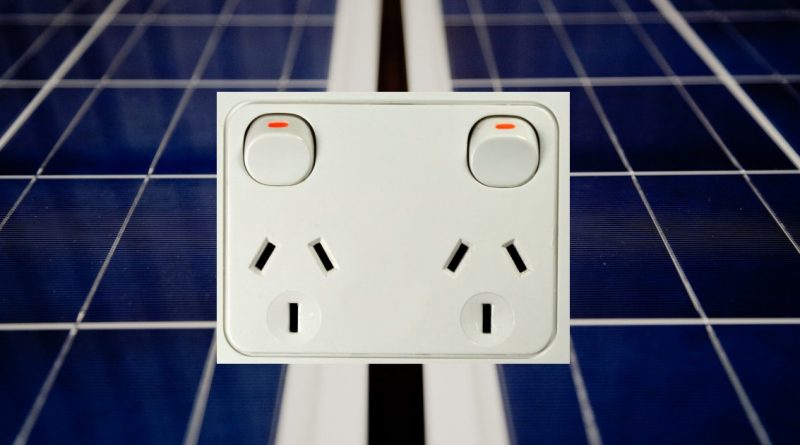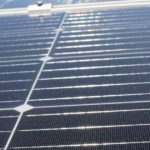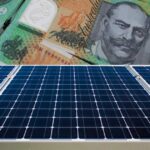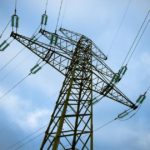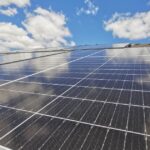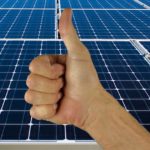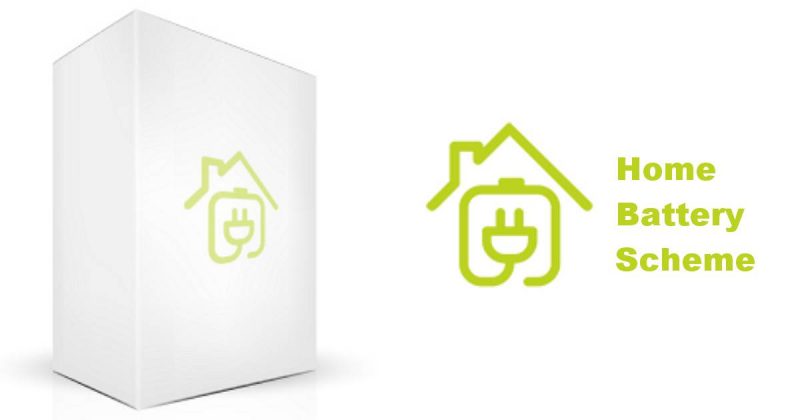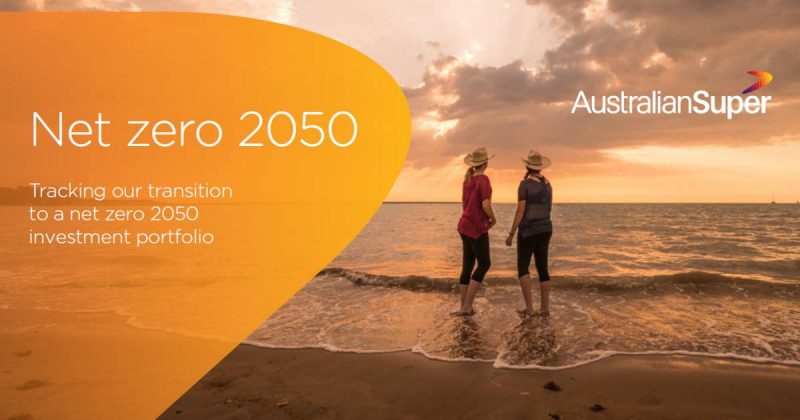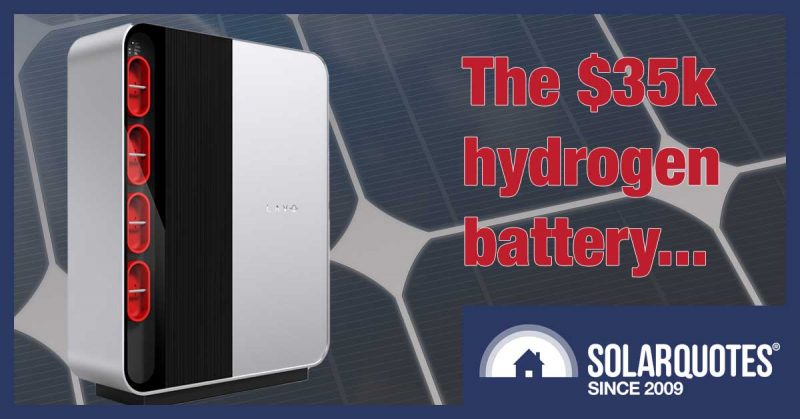The Power Of Solar Energy Self-Consumption
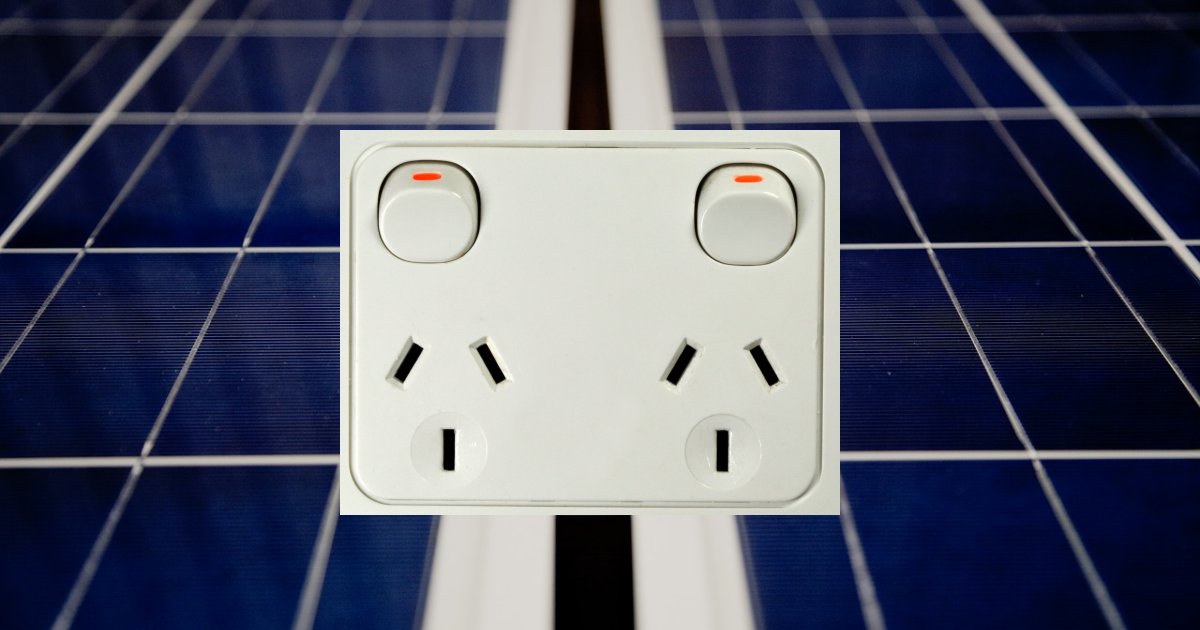

Australian solar owners don’t need no stinking feed-in tariffs. No, that’s not accurate – they are certainly welcome, but a greater focus on solar energy self-consumption without a battery can pay big dividends.
There’s been a bit of buzz in the mainstream media over the last couple of days about less-generous feed-in tariffs, which is boosting interest in solar batteries. The home battery will become a very common sight among households with solar power systems in the years ahead. But for many Australians right now, battery storage is simply too expensive and/or payback is too long.
Getting a lousy feed-in tariff might feel like a kick in the guts, particularly when you buy back electricity from the grid at a much higher rate and you’re also striking a blow against climate change.
Home solar power in Australia is somewhat a victim of its own success as it has pushed down wholesale electricity prices, and this is what feed-in tariffs are largely based on. There might be some comfort in the knowledge that this benefit, the emissions reduction and jobs associated with the technology have been a great thing for the wider community.
Over in Perth, the feed-in tariff is especially crappy – just 3c. But simple solar payback in Perth can be under 5 years. And with a good system lasting decades (with perhaps a solar inverter replacement mid-way), it’s a lot of time to be reaping major energy bill savings. The situation is Perth is primarily thanks to that city enjoying the lowest prices for solar in the world.
The Difference Ramping Up Self-Consumption Can Make
The key to making the most of solar panels in a low feed-in tariff environment is increasing solar energy self-consumption; in other words, exporting as little to the grid as possible by using it in the home. And you don’t have to install a battery to do this.
I’ve turned to SolarQuotes’ solar calculator and used a system installation in Brisbane as an example. Feed in tariffs in Queensland at the moment are generally around 6 – 12c per kilowatt hour exported; so I’ll use a middle figure of 9c and leave the other settings as they are. But on the results page, I’ll tweak the self-consumption ratio slider up a couple of times and set electricity price inflation to 0%.
The table below shows the results for a 6.6kW solar system (considered “entry level”) at a cost of $6,600 after rebates – so not a cheap system these days.
| Self-consumption | System Payback | 10 year savings |
| 20% (default) | 5 years, 3 months | $12,690 |
| 30% | 4 yrs, 8 months | $14,290 |
| 40% | 4 yrs, 4 months | $15,480 |
In this example, altering electricity consumption behaviour to boost the amount of solar energy self-consumed from 20% to 40% can provide more than $2,790 in added benefit over 10 years – that’s substantial and assumes no increase in electricity prices. It also slashes the payback time by nearly a year. The financial benefit could be more in your situation, depending on the electricity plan you’re on.
Just on that point – bear in mind the highest feed-in tariff isn’t always the best deal. The best plan for a solar owner is one that provides a good balance of FiT incentive, usage and daily rates. If you’re on the wrong plan, it could be costing you a bundle of bucks. You can quickly compare electricity plans here and pick up some tips on switching plans here.
Boosting Solar Self-Consumption Without A Battery
So, how can you increase solar energy self-consumption without a battery? This can start even before the system is installed by ensuring you get the right one for your needs and lifestyle. A 6.6kW system may not be perfect for you, but a good installer will help you make the best selection.
Past that, it’s pretty much just about using devices and appliances when the sun is shining, or even during the “solar window” on cloudy and overcast days, as there will still be some electricity generation. Timer switches can be helpful here, as can products such as the rather clever Catch Solar Relay switch.
On a related note, if you’re currently using gas for water heating, consider switching to electric when its time is done – that combined with a PV diverter (or the Catch Solar Relay) can be particularly beneficial.
Original Source: https://www.solarquotes.com.au/blog/solar-self-consumption-mb2177/

